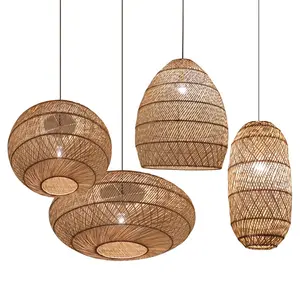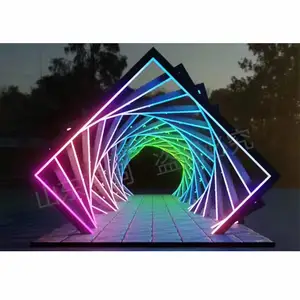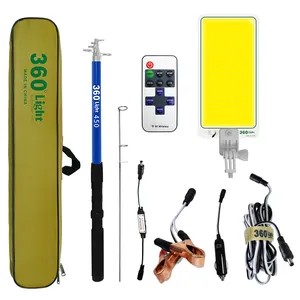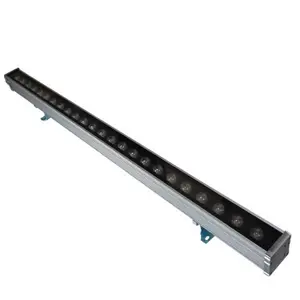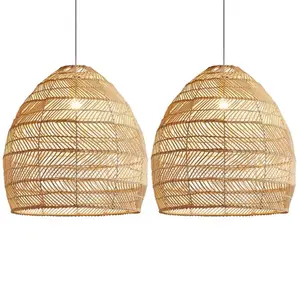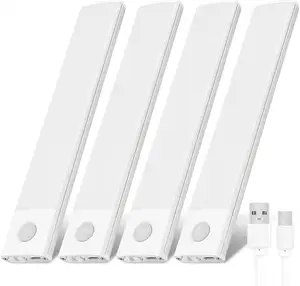Popular in your industry















































Related Searches:






































































































Top categories
About motion sensor lights indoor
Introduction
As we step into an era of smart homes and energy efficiency, indoor motion sensor lights are becoming an integral part of our daily lives. These innovative devices, using advanced technologies like infrared, microwave, and ultrasonic sensors, offer a blend of convenience, security, and energy conservation. Not only do they illuminate our spaces responsively, but they also contribute to reducing our carbon footprint. This article delves into the world of indoor motion sensor lights, exploring their types, roles in energy efficiency, convenience they offer, and the future trends in this rapidly evolving field.
Understanding Motion Sensor Lights
Motion sensors are versatile devices that integrate seamlessly into any space, providing an extra sense of security. They use motion detection technology to alert you to the presence of an intruder, but can also track the movements of family members or pets. The most common type of motion sensor is the passive infrared sensor, which detects changes in room temperature caused by body heat. Microwave sensors, on the other hand, emit undetectable waves that catch reflections off moving objects. Some motion sensors combine both these methods for enhanced functionality.
Types of Indoor Motion Sensor Lights
Indoor motion sensor lights operate using different types of sensors. The most common are Infrared Sensors, which detect heat and movement, turning the light on when a warm body passes by. Microwave Sensors emit microwave pulses and measure the reflection off a moving object, while Ultrasonic Sensors emit ultrasonic waves and measure the change in frequency to detect motion. These sensors make indoor motion sensor lights highly responsive and efficient in energy consumption.
Infrared Sensors
Indoor motion sensor lights primarily use a passive infrared motion sensor (PIR) as the motion detector. The PIR motion sensor is highly durable, consistent, and cost-effective. It can detect motion very well within the range from 20 to 70 ft and turn the light on from 20 seconds to 30 minutes, depending on the setting. This makes it an ideal choice for indoor lighting solutions, providing efficient and responsive illumination.
Microwave Sensors
Microwave sensors employ ultra-high-frequency radio waves and utilize the Doppler Effect to detect motion effectively. This method involves bouncing radio waves off nearby surfaces before returning them to the sensor. Designed for flush mounted light fixtures, it can detect motion through plastic and glass diffusers or shades. This advanced sensing technology ensures effective monitoring of movement, enhancing safety, security, and energy efficiency by automating your lighting usage. Note, this motion sensor is not compatible with dimmable circuits.
Ultrasonic Sensors
Ultrasonic sensors are a key component of indoor motion sensor lights. These devices integrate both passive infrared (PIR) and ultrasonic sensor technology, enhancing its triggering accuracy and sensitivity. Users can customize the triggering mode and sensitivity level according to their needs. The ultrasonic sensor can detect very fine motion, such as typing or reading, and automatically turn the light on or off. This technology significantly reduces false triggers, providing precise lighting control.
The Role of Motion Sensor Lights in Energy Efficiency
Motion sensor lights play a significant role in energy efficiency. One of the main reasons people use motion sensor lights is to save money on their electricity bills. With a motion sensor light, you only use electricity when the light is actually required, which can lead to significant savings over time. In addition to saving money, using less electricity helps reduce your carbon footprint. So, if you’re looking for ways to be more eco-friendly, motion sensor lights are a great option.
Reducing Energy Consumption
Motion sensor lights are a great way to get reliable lighting for your home. They offer several advantages, such as energy efficiency, security, convenience, and cost savings. Not only are they more energy efficient and secure, but they also offer convenience and cost savings. Motion sensors can be used both indoors and outdoors to make your property safer, provide better lighting, and save you money in the long run.
Longer Lifespan of Lighting Systems
LEDs, often used in indoor motion sensor lights, have a lifespan that is primarily determined by the number of hours they are on, rather than the number of times they are switched on and off. This makes them an ideal choice for motion sensor applications, as they can be turned on and off frequently without impacting their lifespan. However, the quality of the LED and its driver circuit can affect its longevity. High-quality LEDs and driver circuits are less likely to fail prematurely. Therefore, when choosing motion sensor lights, it's important to consider the quality of the LEDs and their components.
Motion Sensor Lights and Convenience
Motion sensor lights are a great asset, providing convenience and safety. They turn on when someone enters the room, eliminating the need to fumble for a light switch in the dark. This feature is not only convenient but also enhances safety by preventing potential accidents due to poor lighting. Furthermore, motion sensor lights can be used both indoors and outdoors, making them a versatile lighting solution for your property.
Ease of Use
Motion sensor lights offer significant ease of use. For instance, some LED Motion Sensor Flood Lights allow you to adjust the motion sensor’s range up to about 70 feet. You can also set it to different modes, including having it on all the time or having it automatically come on at night and turn off during the day. Similarly, some outdoor motion sensors offer extensive customization options when connected to a smart home network. You can change the color of your bulbs, adjust settings via a phone app, or turn your lights on or off at any time.
Enhanced Safety and Security
Indoor motion sensor lights play a crucial role in enhancing home safety. They act as a deterrent against criminal activities, providing a practical solution to home security needs. When a burglar breaks into your home, a light that automatically switches on can scare them into submission. These components are not only affordable and convenient but also easy to install, making them a worthwhile investment for indoor security.
Future Trends in Motion Sensor Lighting
As technology continues to evolve, the future of lighting solutions, including motion sensor lights, looks promising. Developments to watch out for include smart lighting systems powered by Internet of Things (IoT) technology, allowing for enhanced control and automation. By integrating sensors and advanced analytics, these systems can optimize energy usage and adapt to occupancy patterns. Additionally, manufacturers are focusing on developing lighting solutions using sustainable materials, contributing to a circular economy. These advancements are set to revolutionize the future of indoor motion sensor lighting.
Integration with Smart Home Systems
Motion detectors are integral to smart home systems, enhancing their functionality and convenience. They can be used to automate various tasks, such as switching on lights or opening garage doors. For instance, a simple setup with a motion detector and a light can automate your porch lighting. Similarly, a motion detector can trigger your garage door to open as you approach. These detectors can also be connected to other devices in your home, such as thermostats, to adjust settings based on your presence. This integration of motion detectors with smart home systems makes your home more intelligent and responsive to your needs.
Advancements in Sensor Technology
Motion detection technology has seen significant advancements over the years. The latest development is the implementation of Light Detection and Ranging (LiDAR) technology. LiDAR uses a pulsed laser to calculate the distance from the laser source to an object, creating 3-D representations of surfaces. This allows for finely tuned detection areas and superior target tracking. Additionally, the integration of intelligence into these devices has reduced false alarms and improved their performance. This technology is set to revolutionize the future of indoor motion sensor lights, making them more efficient and reliable.
Conclusion
Indoor motion sensor lights have revolutionized the way we perceive lighting solutions. Their ability to detect motion using infrared, microwave, and ultrasonic sensors has made them a staple in modern homes, offering enhanced security, convenience, and energy efficiency. The future of these lights is even more promising, with advancements like integration with smart home systems and the implementation of LiDAR technology. As we continue to strive for a more sustainable and convenient lifestyle, indoor motion sensor lights will undoubtedly play a pivotal role in shaping our living spaces.
